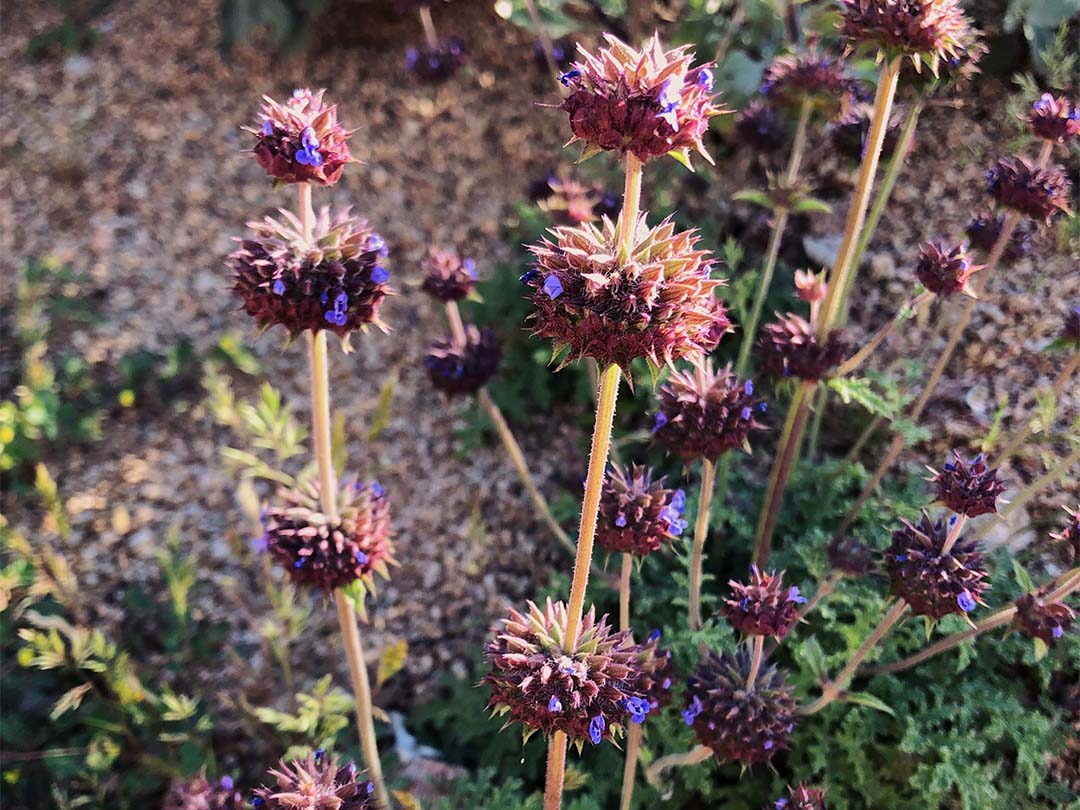Join the march EcoQuest: wildflower wonders: round 2
Join the March EcoQuest: Wildflower Wonders: Round 2
Find and map as many wildflowers as possible.
Wildflower season is a cherished event in the Sonoran Desert. Blanketing the desert floor with impressive shapes and colors, these ephemeral wonders have specific requirements to flourish. Observing wildflowers can provide information on populations as well as environmental conditions and the effects of climate change. These observations can also provide an artistic appreciation of these natural wonders.
WHAT TO OBSERVE
Any and all wildflowers in metro Phoenix. Wildflowers are flowering plants that grow without human intervention and only make an appearance for a season. Be sure to take multiple photos and include as many details as possible for an observation.

This month’s EcoQuest is in collaboration with Peoria Parks and Recreation’s Wildflowers of Peoria BioBlitz.
Let’s work together! Are you ready to help Peoria document and learn about the many different wildflowers that grow in its preserves and trails? Located about 30 minutes northwest of downtown Phoenix, Peoria is a modern city that offers a high quality of living in the natural beauty of the Sonoran Desert. Peoria’s Parks and Recreation Department manages access to 570 acres of parks including 36 neighborhood parks, three large community parks, more than 60 miles of hiking, biking, horseback riding trails and Lake Pleasant.
Join the Peoria BioBlitz.

We’re diving in for a second round of wildflower observations. Last year, there were hardly any wildflowers- most likely due to extreme drought and the late timing of very little rainfall. We’ll compare last year’s observations to what we observe in this month’s EcoQuest. This can provide us a understanding of wildflower phenology in the area. Phenology is nature’s calendar, that is cyclical and seasonal changes in biological life cycles. Climate change effects, like extreme drought, can alter normal phenological cycles. Learn more about phenology with the National Phenology Network.
The spring wildflower displays of the Sonoran Desert are one of the most anticipated natural events of the year. Native shrubs, perennials, annuals and even trees contribute to our wildflower bloom, but we typically think of wildflowers as annual plants, such as poppies and lupines, that appear briefly in the spring. Annuals complete their life cycle in one season, putting a tremendous amount of energy into quickly completing their life cycle. Many germinate, flower and die in just a few weeks. This strategy allows these plants, also known as ephemerals, to take advantage of short wet periods.
Annual wildflowers usually need a soaking rain of at least one inch in the fall. Earlier and more plentiful rains tend to create super-bloom displays. Temperature also plays a role. The plentiful rain should ideally come after the heat of summer, but before the coldest parts of winter. If these conditions aren’t met, wildflowers will produce fewer flowers and seeds, just enough to support future generations. Some specie’ seeds can persist in the soil for up to 10 years, providing more insurance for their survival. Because rain is unpredictable, a good wildflower bloom may only occur once in a decade.
When making wildflower observations, take a moment to get closer and inspect their structure. Look at the petal shapes, textures, color combinations and pollen colors. What small details can you see that you may have overlooked before? Slowing down and getting closer can increase our artistic appreciation for wildflowers. On March 22, artist Linda Arandas will be sharing her tips and techniques used to embroider a variety of Arizona wildflowers. No experience is necessary and supplies will be provided. Let your creativity bloom as you learn a new skill and create your own beautiful work of art!
Register Here
Check out Linda’s work

PLEASE RESPECT WILDFLOWERS. Picking one wildflower might not cause any harm, but it is important to realize that you may not be the only person. The combined effect of 50, 100 or 500 people picking wildflowers could devastate populations. With recent droughts and fires, wildflowers need their seeds to ensure we have blooming populations in the future. It is also illegal to remove wildflowers without a permit from public lands like state and city parks. Private land is also off limits unless you have permission.
Treading, sitting or lying on wildflower habitat is also a problem. Doing this in a wildflower patch can crush existing plants and compact the soil, making it more difficult for wildflowers to get started. This is especially true with repeated use and treading. Stick to the trails and take responsible wildflower selfies

Before and after damage to wildflower habitat in just two weeks. Image credit: Instagram user @worldsokayesthiker

Aerial view of damage. Image credit: Instagram user @annanevaresimages
Sources and more information:
Art, H. 1990. The Wildflower Gardener’s Guide: California, Southwest and Northern Mexico edition. Pownal, VT: Storey Communications, Inc.
Arizona Highways. 1988. Desert Wildflowers. Phoenix, AZ: Arizona Department of Transportation.
Jensen, M.S. 2020. Wildflowers butterflies and more: flora photo ID guide.
Arizona-Sonora Desert Museum: https://www.desertmuseum.org/books/nhsd_plant_ecology.php
National Phenology Network:
https://www.usanpn.org/usa-national-phenology-network

EcoQuests are month-long challenges that are part of the larger Metro Phoenix EcoFlora project. Learn more by visiting our website.
Look for project happenings, EcoQuest announcements and more in the newsletter, project journal and on social media.

Please do not observe indoor houseplants or pets.
For your own safety and the protection of plants and wildlife, do not trespass when making observations. Please follow all posted rules and guidelines in parks/preserves and do not enter private property.
Do not remove or move natural materials (plants, animals, rocks).
Respect wildlife (do not touch, feed, or disturb animals and keep a safe distance).
Arizona Office of Tourism: Responsible Recreation in AZ








